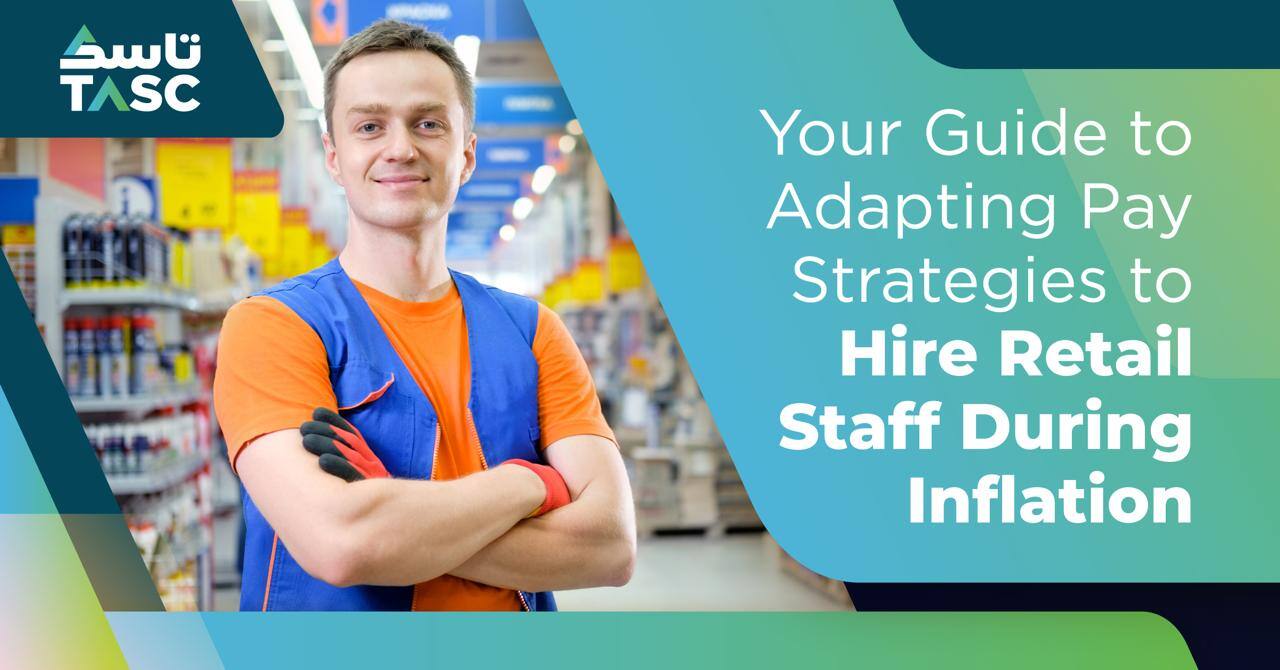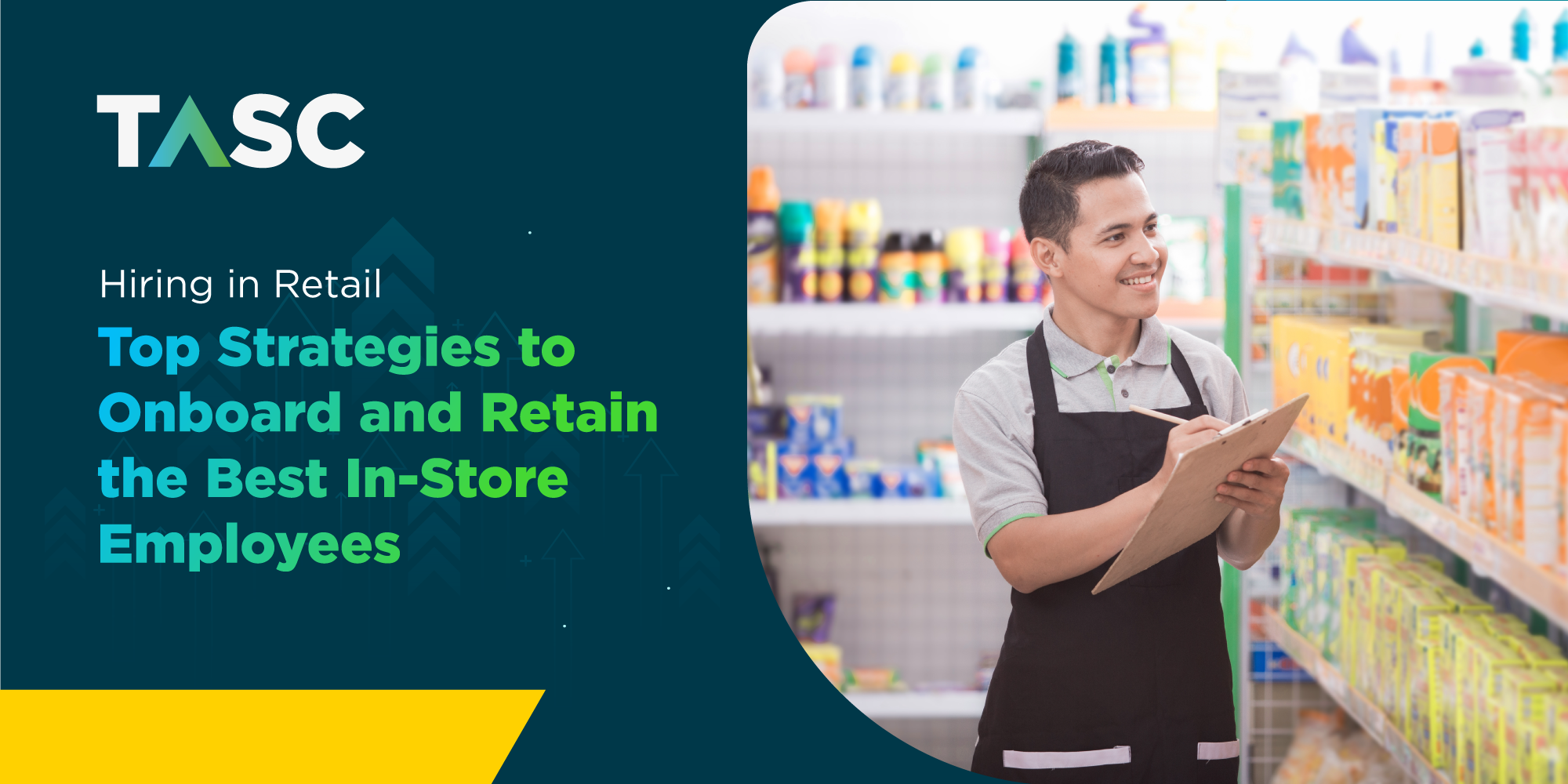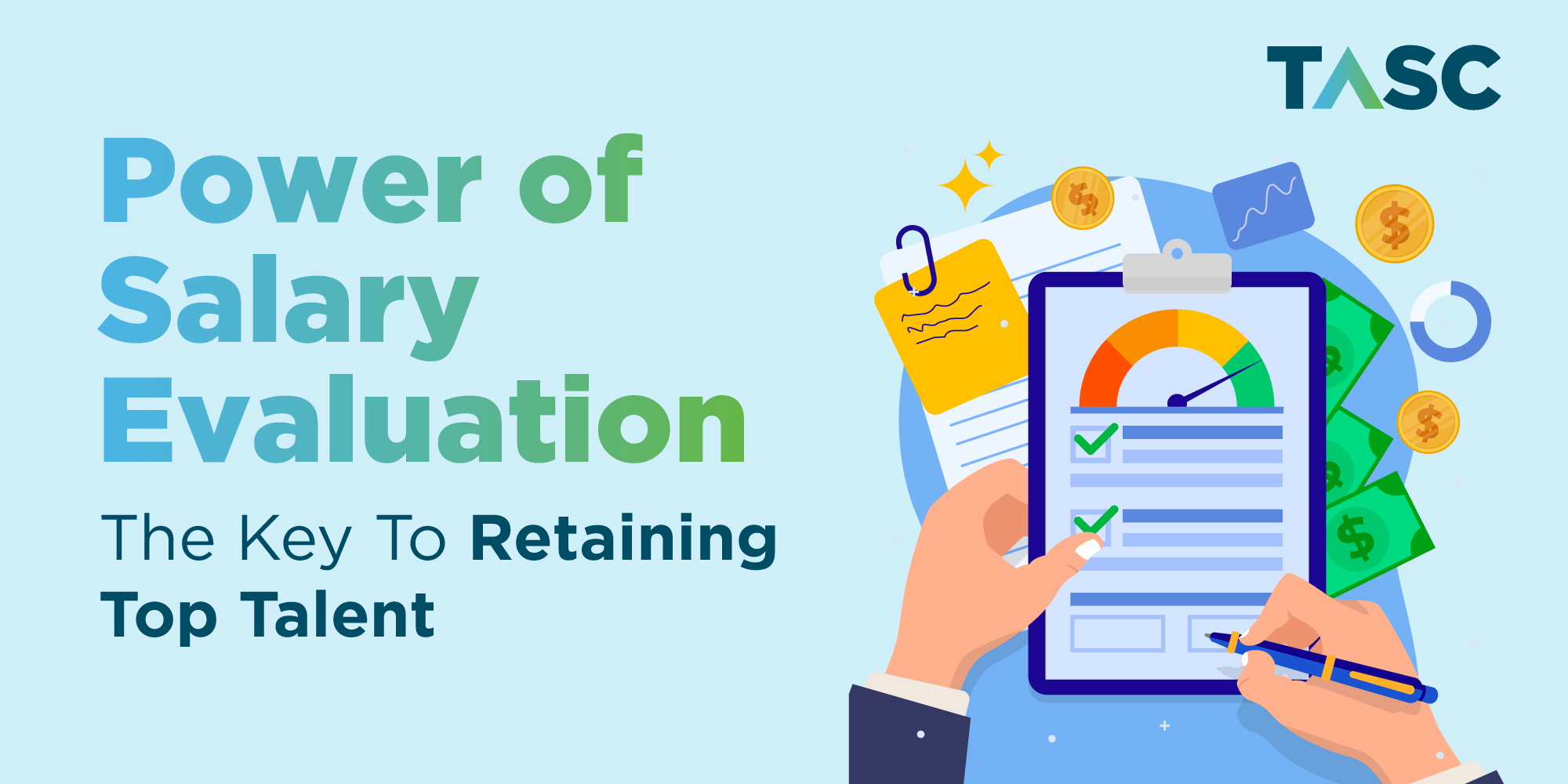Top 6 Best Practices for Training In-Store Retail Staff
Running a successful store isn’t just about selling excellent products and providing customer-friendly return policies. What it boils down to is the quality of your retail staff.
Did you know that about 80 percent of consumers believe that the buying experience is just as important as the products being sold?
Sales staff are the first point of contact for your consumers right from the moment they walk in, and thus, play a paramount role in converting visitors into repeat customers.
But how would that even be possible without good training?
When you have a well-trained staff by your side, they end up acting like the cheerleaders for your brand. This positive energy rubs off on your customers, making them love your brand too, and in the end, buy from you.
Putting retail staff training first isn't just a good idea—it's a must-do.
Think of it this way – your innovative products might get people walking through the door, but a trained and happy staff is what makes them want to keep coming back.
Types of Training Programs (Retail)
|
Sales Training |
|
Customer Service Training |
|
Product Knowledge Training |
|
Inventory Management Training |
|
Cashiering POS Training |
|
Safety and Compliance Training |
|
Technology Training |
When Should You Train Your Retail Staff?
As you can see, there are different kinds of training programs in the retail space. But when are you exactly going to need them? Let’s take a quick look –
- Onboarding (Before Day One) – As a retailer, you have to ensure that employees are proficient in daily tasks and duties even before their first working day. Therefore, you must offer the necessary training to increase familiarity with product basics so that they can provide feedback and information to customers when required.
- Product & Procedure Updates (As Needed) – The retail industry is fast-paced, so product launches, procedural changes, feature updates, organizational updates, and changes in company policies are inevitable. During such occasions, it will be important to keep employees informed so they can adapt swiftly.
- Soft Skills (Throughout the Year) – Soft skills are as vital as product knowledge. Thus, you must regularly include training on communication, problem-solving, and risk management.
- Performance Development (Regular Updates) – Employees have to be kept in the loop with regular performance updates. Quarterly evaluations reveal potential weaknesses, and letting that known helps in preventing surprises during yearly reviews.
Contrary to popular belief, effective training goes beyond product specifics. The ultimate goal is to create an able and engaged workforce.
According to a study, businesses that have an engaged workforce are 21 percent more profitable and 17 percent more productive as compared to a disengaged workforce.
The best way to boost employee engagement would be to take on a holistic approach where soft skills and leadership training are given equal precedence.
At the same time, regular performance evaluations can ensure employees are aware of their strengths, weaknesses, and long-term goals, which can help create individualized plans to address gaps, as and when they arise.
Best Practices of Retail Training
When it comes to training retail employees, everything sounds great in theory. But the real challenge lies in putting things into practice. If you are determined to improve your business outcomes by improving your internal staff training modules, here are some best practices that you must follow –
Embrace the Digital Age
We live in a world where over 6 billion people use smartphones. Naturally, traditional corporate training methods are going to fall short.
Luckily, all you need is a mobile-based learning solution.
By embracing this approach, you align your training module with the on-the-go lifestyles of your retail workers. It can not only make your training immediately accessible but also improve productivity by 43% and boost motivation by 70%.
Implement Video Formats
You must start leveraging the power of short, engaging videos to present information effectively. Video formats offer numerous benefits to the learning process, including increased knowledge retention.
For instance, employees tend to forget 90% of the information covered in training in the first six months, but it tends to reduce to 65% when presented in a video format.
Moreover, video content is 75% more likely to be watched by employees than reading documents or emails, ensuring better engagement.
Gamify the Training Modules
If you want to train your employees effectively, you have to make learning as enjoyable as possible for them. You can do it easily by incorporating gamification – a concept where gaming elements are added to training programs.
According to a study, using video games to train employees can help motivate employees while facilitating professional development.
Fun games not only encourage healthy competition and teamwork but can also lead to higher engagement, lower absenteeism, and increased productivity. Retailers employing gamification witness its effectiveness in motivating and engaging employees during training sessions.
Therefore, gamification does present itself as a practical approach towards professional skills development – one that retail businesses must adopt immediately to enhance their corporate training programs.
Create Employee-Led Content
Who can know the knowledge gaps in learning within your organisation better than your retail staff?
Reach out to your staff by actively seeking feedback from them with the help of pulse surveys. When you take feedback from your employees, it not only motivates them and makes them feel heard, but it also allows you to tailor your training content to optimise your retail team.
Measure the Results
Before you can think of initiating your training program, it’s important to establish clear goals, such as –
- Reducing process duration,
- Increasing employee productivity, or
- Achieving higher retention rates.
But the job doesn’t end there. You have to measure the success of your program, and you can do so by utilising real-time analytics.
You must track metrics such as training start date, progress, test scores, and lesson completion rates on both individual and group levels. It not only helps you understand the effectiveness of your training but also allows you to make informed tweaks for continuous improvement.
Promote Continuous Learning
In 2024, it’s not healthy for any business to follow the traditional annual training cycle. When your frontline employees receive training only once a year, it severely impacts their ability to perform to the expected standard.
Therefore, it’s time to embrace continuous learning as a strategy to reinforce information and enhance overall performance.
Continuous learning not only meets the ongoing learning needs of your employees but also increases their engagement, motivation, and, subsequently, retention.
Retail Staff Training is Important!
Your staff is the face of your retail business. Therefore, it should be your top priority to equip them with the right tools and training to ensure they start strong and represent your business effectively.
Staff training is not a cost but an investment for your company's future. When you genuinely invest in your employees and ignite their passion, they show up every day with enthusiasm, ready to give their best.
Such a positive approach not only benefits your customers but also inspires the next set of trainees, creating a cycle of motivated and top-performing employees.
In essence, employee training isn't just a one-time effort – it's a strategic investment that pays dividends in the form of dedicated and passionate team members.





